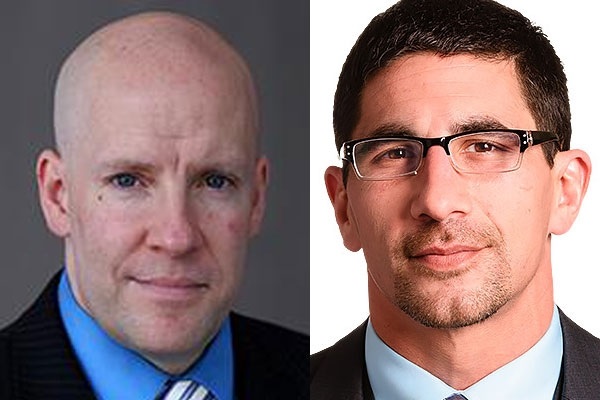New York, If US President Donald Trump and Prime Minister Narendra Modi can announce even a limited scope trade agreement from the big stage during Trump’s India visit later this month, it would count as a victory although businesses may be left “scratching their heads”, US-India strategic experts previewing the upcoming visit are saying.
“So, we know what the gold standard looks like. But for a programme like this (Trump’s India visit), as long as the two leaders have something to say about what that they need to do and that they’ve got 80 per cent of the way there, that would count as a victory,” Richard Rossow, Senior Adviser and Wadhwani Chair in US-India Policy Studies at the Center for Strategic and International Studies told IANS.
US India mavens are increasingly concerned about wrinkles in the bilateral security relationship if the two countries don’t end up inking a trade deal – even a limited one – during Trump’s February visit to India.
Rossow said a “gold standard” trade agreement seems hard to imagine at this point which would include full restoration of the Generalised System of Preferences. The GSP is designed to give duty-free market access to exports from developing countries. After Trump took office, US has revoked duty-free treatment for some Indian exports under the GSP and threatened sanctions on any Indian company importing oil from Iran.
Removing some of the trade impediments that have festered since the beginning of trade hostilities three years ago and using language that shows a level of comfort about the new normal are being listed as crucial boxes to check off during the visit.
“A general announcement about the main principles of the agreement seems to be enough where they can claim victory, even as a lot of folks will be scratching their heads after the fact,” Rossow said.
Jeff Smith, South Asia Research Fellow at Heritage Foundation in Washington DC, told IANS the “fact that the trip is happening at all” is a success for India-U.S. relations.
“There was a great deal of speculation that the visit would be tied to the completion of an India-US trade deal that has been the subject of years of gruelling negotiations. I commend President Trump for deciding to make the visit with or without a trade deal,” Smith said.
According to Smith, “Just having President Trump present to give a speech, get some face time with Prime Minister Modi, and sign some bilateral deals, including defence sales, will mark a success for bilateral relations. Of course, if the two sides are able to finalise a trade deal at the last minute, the visit will be considered an even greater success.”
Trade tensions between US and India have been running high since the Trump Administration’s first blow in 2018 when it slapped tariffs on steel and aluminium exports from multiple countries, including India. Plenty of baggage has piled on since then. Delhi held off from immediate retaliation but finally allowed retaliatory tariffs to kick in June 2019 after the Trump administration revoked India’s GSP status early 2019.
In November 2018, US cranked up the pressure on countries importing oil from Iran, handed a six month waiver to India and then slammed the brakes altogether in Spring 2019. In October 2018, India signed a $5.5 billion deal to buy Russian S-400 air defence systems, which will begin arriving late 2020. The Trump administration’s CAATSA sanctions strike at the heart of this deal and there are no guarantees yet of a waiver for India.









